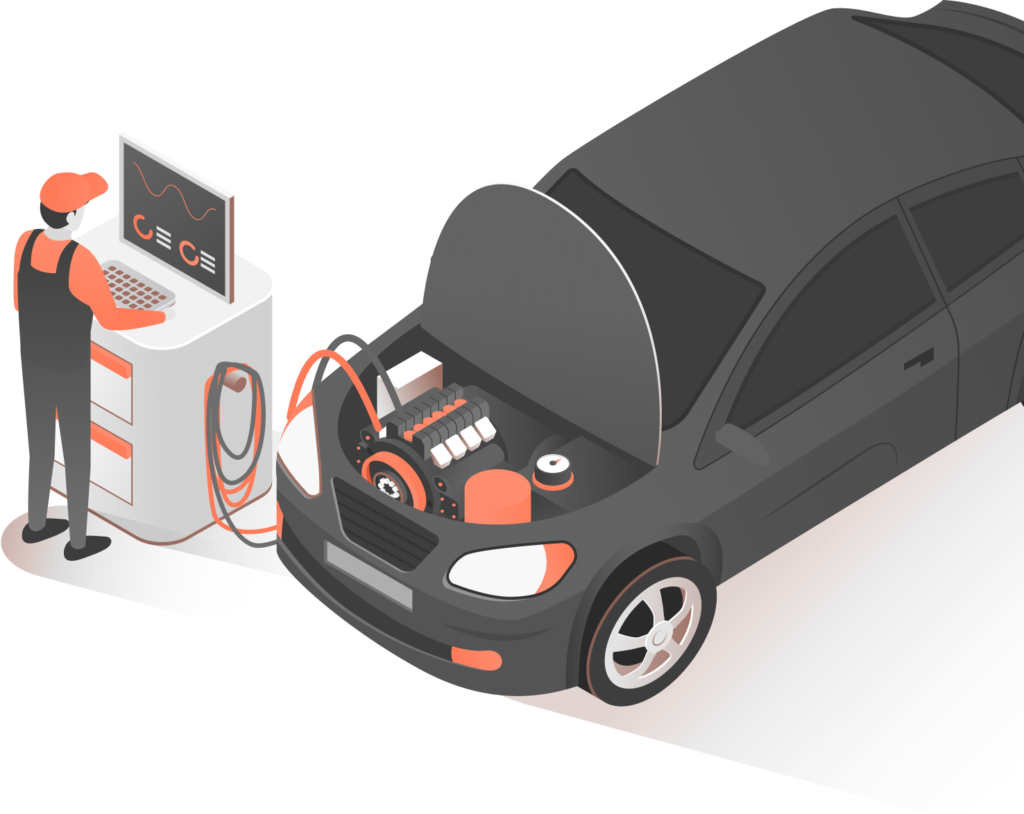Replacement of a timing belt idler pulley is a similar procedure to that of other timing components, such as the timing belt tensioner. It is a fairly extensive process, one that requires a significant amount of tools and training. The procedure can lead to engine damage if performed improperly.
To replace a timing belt idler pulley, a technician needs to gain access to the front of the engine. This often requires lifting and supporting the vehicle in the air. Shields, guards, covers, ducts, drive belt, and even the radiator might need to be removed as well.
With those items out of the way, a typical timing belt idler pulley replacement involves the following general steps (the procedure differs from one vehicle make and model to the next):


The most likely problem with a timing belt idler pulley is a failed bearing. To turn smoothly, the pulley spins on a set of bearings. If those bearings go bad, the timing belt will no longer function properly. In time, a bad timing belt idler pulley could cause the belt to come loose or break, leading to potentially serious engine failure.
When a timing belt idler pulley is failing, it will sometimes make a chirping noise. You will hear it coming from the front of your engine. Other signs that the pulley is going bad might include the following:



This is demo Question
This is demo Answer

Related Parts
